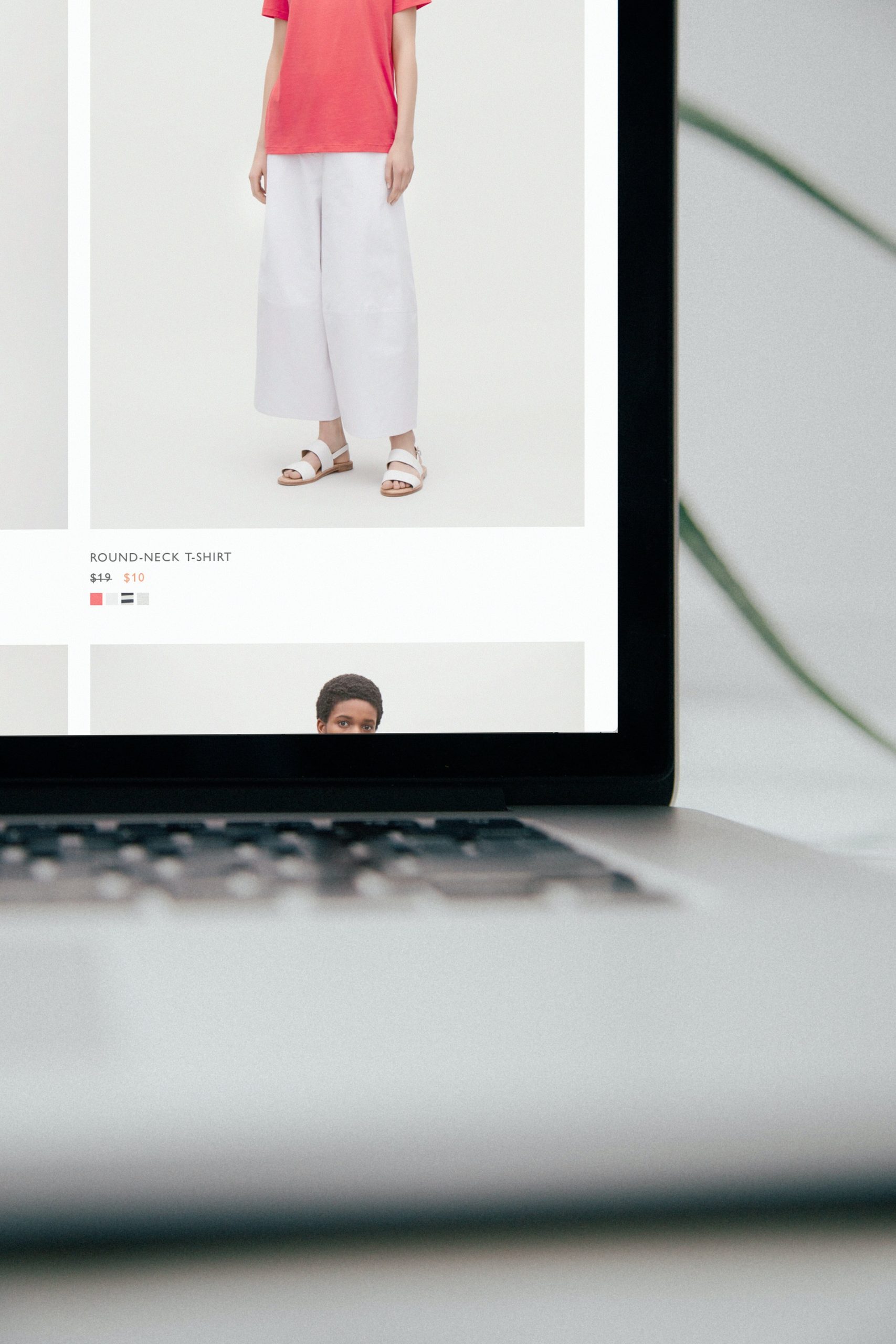The recent changes made to Twitter’s verification process have been causing quite a stir among the platform’s users. From popular influencers to casual tweeters, everyone seems to have an opinion on the new system. But why has this change proven to be so divisive? In this blog post, we’ll take a closer look at what exactly has changed with Twitter’s verification process and explore both sides of the debate surrounding it. So buckle up and get ready for some lively discussion!
Background
Twitter has been trying to improve its verification process for some time now in order to increase the trustworthiness of the accounts that are verified. The changes have been met with mixed reactions, with some influencers and casual users alike feeling that their voices are not being heard. Here’s why this change has proven divisive among influencers and casual users alike.
One of the main reasons that verification is controversial is because it can be seen as a way for Twitter to limit the reach of certain voices. For example, if you’re an influencer who promotes a controversial opinion, then Twitter may not want to verify your account because it could cause controversy. Alternatively, if you’re a casual user who doesn’t really have any influence or credibility on the platform, then Twitter may not want to verify your account because it could make you less visible.
Another reason that verification is divisive is because it’s often used as a tool to silence critics. For example, if someone criticizes Twitter for its verification process, then they might get notified that their account isn’t verified and they’ll likely lose followers as a result. This happens especially often towards outspoken minority groups who are more likely to face discrimination online.
Overall, the divisive nature of Twitter’s verification process stems from two main sources: 1) how it limits different types of voices on the platform; and 2) how it uses verification as a tool to silence critics.
What the Verification Process Includes
What is Twitter verification?
Verification is a process by which verified users on Twitter are distinguished from non-verified users. Verified users have been assessed and confirmed by Twitter as being who they say they are. This process is meant to help people trust the information that these verified accounts share, and to deter malicious activity on the platform. However, since its launch in 2014, verification has proven divisive among influencers and casual users alike. Here’s why:
Since its launch, Twitter has used various methods to verify accounts. Early on, verification was limited to high-profile individuals and organizations, but this policy was changed in early 2018 in order to make verification more accessible. Now, anyone can request verification by filling out an online form or via phone. The application process can be time-consuming and requires documentation such as a government ID or business license. Because of thisprocessivity, many influencers have criticized it as elitist and out of reach for those without privileged backgrounds or connections. Additionally, many verified accounts are not actually affiliated with the entities they claim to represent. For example, Katy Perry is verified by Twitter but does not work for Apple – she’s just using their name for endorsement purposes.. In contrast, unverified accounts are typically operated by real people with real identities who may have something valuable to share. They often use less formal language and share less commercial content than verified accounts do..
The way that verified status affects social media behavior is also controversial
The Risks and Rewards Associated with Verification
Verification is a big deal on Twitter. It’s been one of the company’s most important initiatives for years, and it recently made some big changes that have divided influencers and casual users alike.
Twitter has always had verified accounts, but recent changes make it so that only high-profile accounts (those with over 1 million followers) are now verified. This means that if you don’t have a huge following, your account may not be verified, which can lead to fewer followers and decreased engagement.
On the other hand, verification has long been seen as a way to increase trustworthiness on Twitter. By verifying an account, Twitter is demonstrating that they believe the user is who they say they are. This makes users feel more secure when engaging with a verified account and helps to build trust between users and brands on the platform.
Ultimately, verification benefits both users and brands on Twitter. However, these benefits come with costs – for example, less engagement for non-verified users – so it’s important to weigh up the pros and cons before deciding whether or not to apply for verification.
What You Should Do If You Suspect Your Identity has Been Leaked
If you’re one of the many Twitter users who has been worried about your account’s security in recent months, you may be interested in verifying your account. Twitter has just announced that starting on January 18, 2017, all accounts will need to be verified in order to avoid some types of abuse and spam.
Some influencers and casual users alike have been vocal about their dislike of this change. Many argue that being verified will make it harder for new followers to find them and that it’s unnecessarily restrictive. Others say that it’s necessary to prevent abuse and spam on the platform.
Whichever side you take, there are a few things you can do to prepare for this change. Firstly, try to keep up with Twitter’s announcements so that you’re aware of any updates related to verification. Secondly, create a strong password and use two-factor authentication if available. Finally, remember that even if your account is not verified yet, it’s important to stay vigilant about your security measures in case it is required later on down the line.
How to Verify Your Twitter Account
Twitter has been making changes to their verification process in an effort to reduce click-fraud and improve the quality of their user base.
While many influencers and casual users have welcomed these changes, others have pointed out that they are uncomfortable with the way that certain accounts are being verified more than others.
This article will outline the different ways to verify your Twitter account, as well as provide tips on how to navigate the new system.
If you’re unsure whether or not your Twitter account is currently verified, you can check here: https://support.twitter.com/articles/76561-how-to-verify-your-twitter-account?lang=en
Once you have confirmed your account is verified, be sure to use the following tips when tweeting so that your tweets will appear more trustworthy and likely to be seen by others:
Use a strong password – This is especially important if you plan on sharing passwords with friends or colleagues. Make sure the password is at least 8 characters long and includes both upper and lowercase letters, numbers, and symbols.
Avoid using easily guessed words – Instead of including simple words like “password” in your tweets, try something more complex like “123456cr3tty1ngpwrd”. This will make it more difficult for anyone trying to guess your password using brute force techniques.
Stay active – The more activity (tweets, likes
Conclusion
Since Twitter’s recent changes to verification, many influencers and casual users alike have voiced their concern on the platform. Many argue that the new system is unfair because it favors certain accounts over others. This change has proven divisive among influencers and casual users alike, with some claiming that it benefits more influential voices while neglecting smaller accounts. It is difficult to determine who is right in this situation; however, we can all agree that more transparency is needed in order to improve the trustworthiness of social media platforms.








